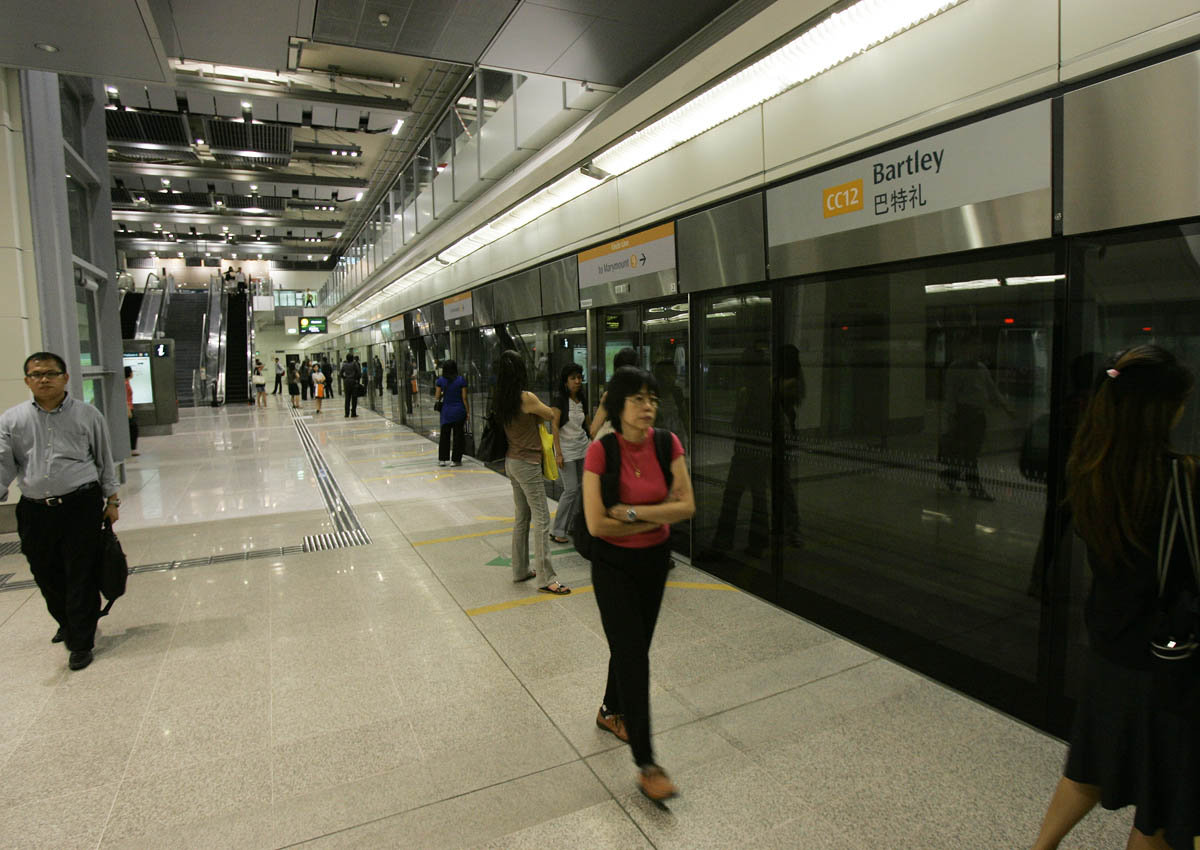Reader Andrew Kurniawan Ng wanted to know how the MRT signalling system works, and why a glitch in it can cause such “havoc” as seen on the Circle Line this week.
Senior Transport Correspondent Christopher Tan replies:
Signalling refers to a broad range of systems which allow trains to run safely. In the Circle Line, the trains are fitted with a communications-based train control “moving block” signalling system.
Using telecommunication signals to “talk”, the trains are able to keep a safe distance from one another, irrespective of speeds. Compared with a “fixed block” system, a “moving block” system is more sophisticated, and it allows trains to run closer to one another.
The North East Line – which is driverless like the Circle Line – runs on a similar system. The North-South, East-West lines are also converting to this system.
In addition, the Circle Line has an automatic train protection system to govern train speed, an automatic train supervision system to track and schedule trains, and another system that prevents incorrect signals to be set.
They all form many pairs of “eyes” and “ears” of the network. It is unusual for a system with such a high redundancy to trip up.
Yet, that has been happening the whole of this week. Because of an unknown signal interference in the tunnels, communication between trains and track is lost intermittently.
This has the effect of a train going blind and deaf momentarily, and causes yet another fail-safe system to kick in – the emergency brakes.
Because the train does not “know” where it is going, it stops. Each time a train stops, its signalling system has to be reset to get it to move again. These events, repeated many times a day, causes journeys to be longer and more uncomfortable.
Operator SMRT has also decided to man the driverless trains. They take over when the train goes “blind” and “deaf”.
The staff onboard, however, do not drive the trains on manual mode completely – not for extended periods of time anyway. So, commuters will continue to face longer and jerkier journeys until the problem is fixed.
Experts from systems supplier Alstom have flown in to assist.

This article was first published on September 10, 2016.
Get a copy of The Straits Times or go to straitstimes.com for more stories.






